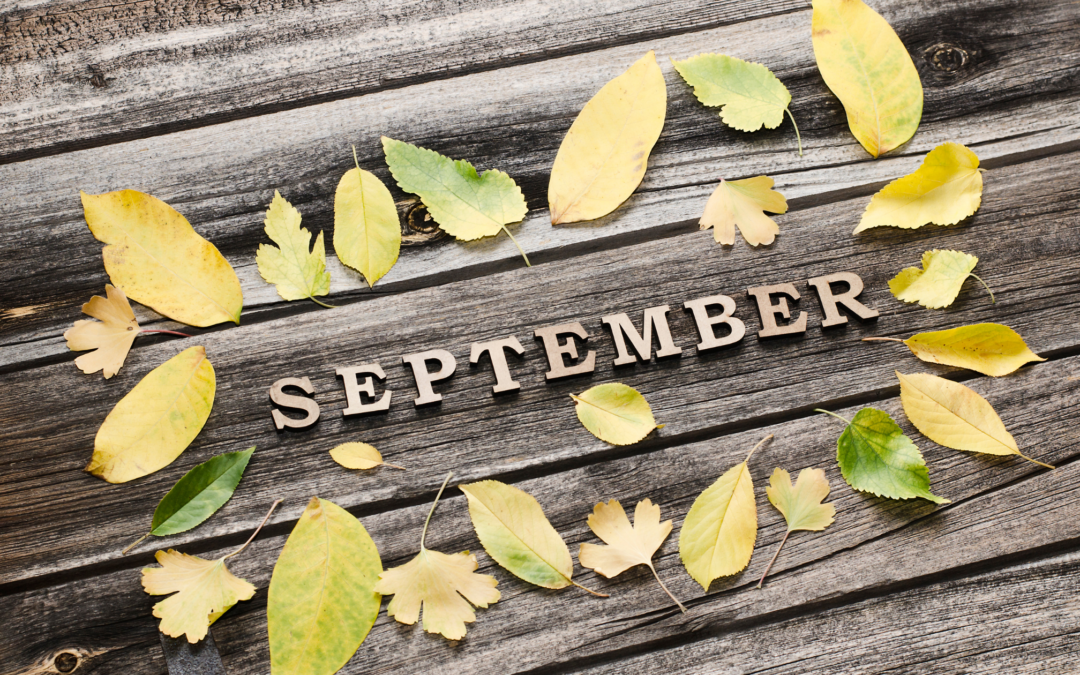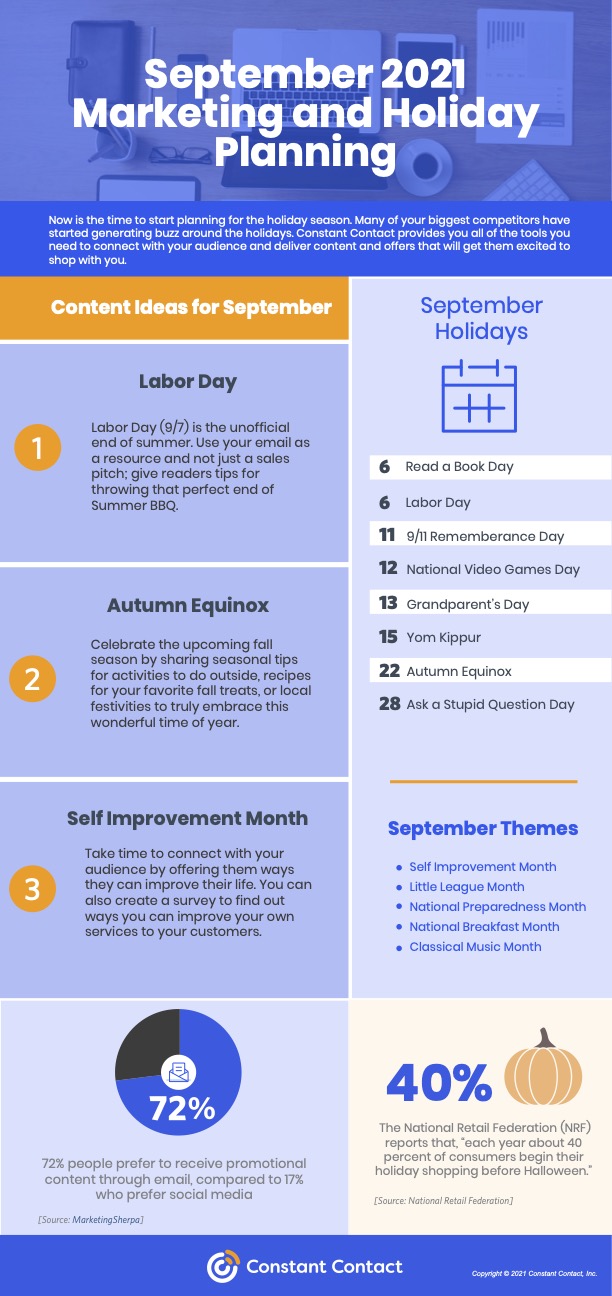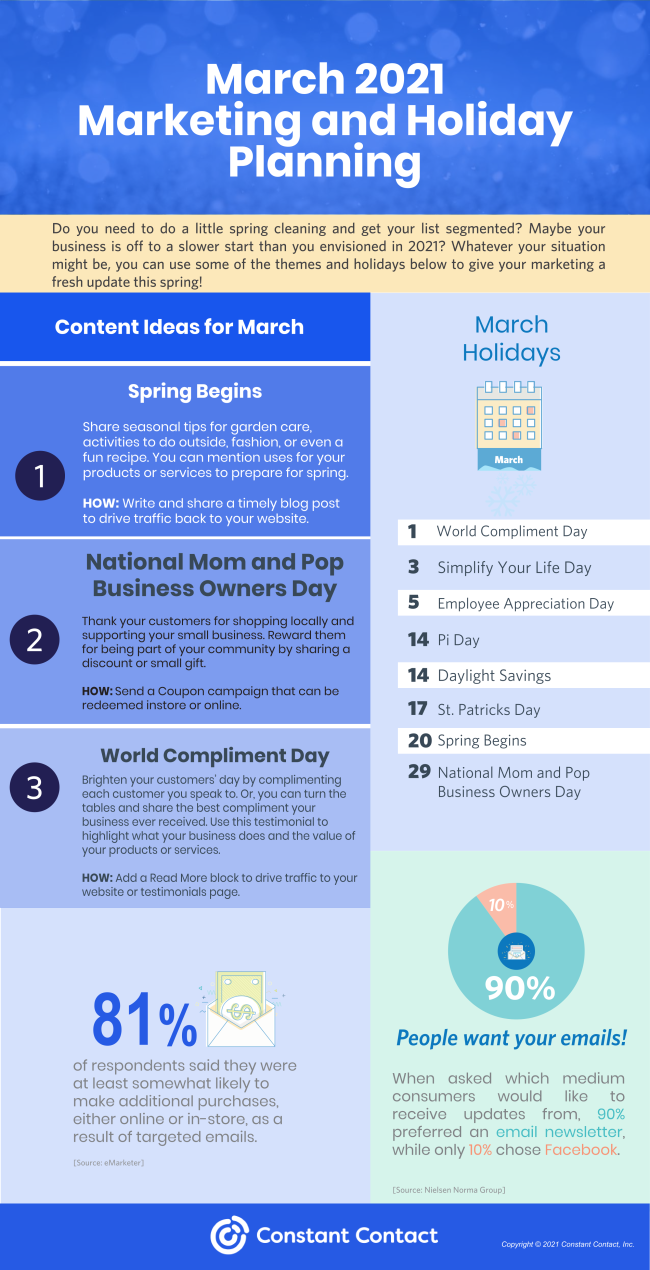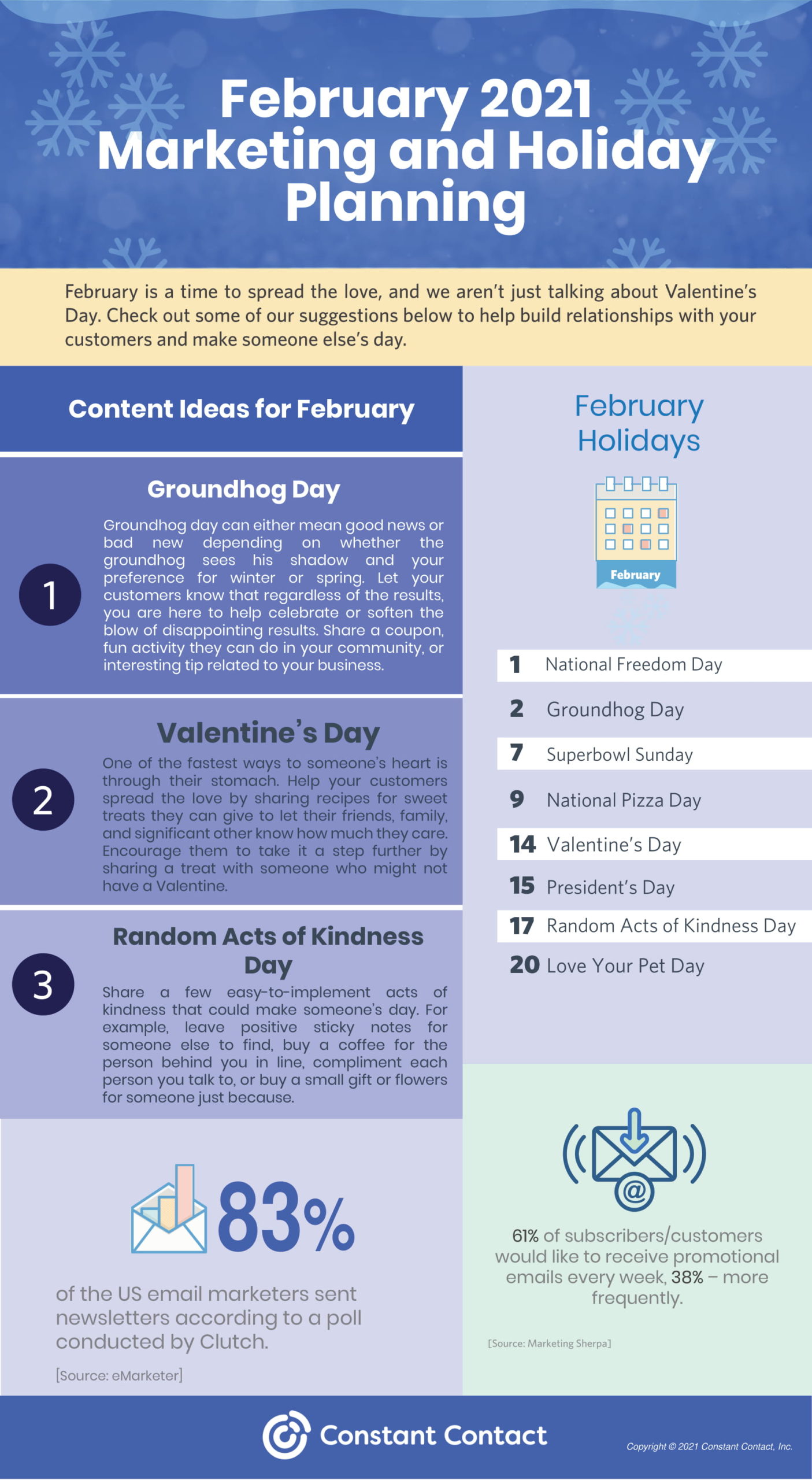
7 Strategies to Optimize Your Email Marketing Campaign
Email is still one of the most effective marketing strategies. It helps you drive sales, generate leads, and boost your reputation as an industry expert. When it’s done right, email has a higher ROI than many other online marketing tactics.
Whether you’re sending out an email newsletter to your subscribers or promoting a new product on your website, these seven tips will help ensure that you get the most out of every campaign.
- Personalize Your Subject Lines
Yes, I want my free report! No thanks, I’ve already read it! Beauty tips! The next big thing in tech!
Which email would you rather open? The one with a personalized subject line or the one that makes it seem like every other email you get? Your readers are much more likely to take an interest if they feel special. Whether you’re sending emails to your subscribers or developing a segmented list for your next email marketing campaign, personalizing your subject line can make a world of difference.
You can do this in a couple different ways:
- Use the recipient’s first name and last initial (John P.) or include their job title (Customer Service Representative).
- Ask questions that are directly related to something they’ve already done on your website.
- Refer back to something that was mentioned previously or a question they may have asked.
- Write Persuasive Subject Lines
When you look at the previews in Gmail, what do you click on? The no-brainer offers with big discounts? Or the funny headlines and pictures? Personalized subject lines get you to open your emails, but persuasive headlines ensure that you actually read them. Here are a few tips for writing perfect subject lines:
- Keep it short and sweet. Short paragraphs with no more than five sentences will grab your reader’s attention and keep them from getting bored.
- Pique their interest. A/B test headlines to see what kind of results you get. In one email campaign with a segmented list, I was able to increase conversion rates from 3% to over 20% just by adding one additional line of text that hinted at the promotion. “Want more leads? Try our new lead generation tool” was much more appealing than “Get your own lead generation tool”.
- Tell them exactly what they’ll get for taking action. Does your email include an ebook? Give it a title that lets people know exactly what they’re getting and include the word “free” or “download” in the description if you want to drive extra traffic. If you’re giving away a sample of your product, make sure you mention that. Use dynamic text to change the price depending on whether they’re a paid subscriber or not.
- Include an image. Visual content is much more appealing than plain text and it’s proven to cut your bounce rate in half. When people see a picture, their eyes are instantly drawn to it and they try to guess what you might be trying to get them to click on. This can have the added benefit of persuading people who are reluctant about buying, especially if there’s a problem or concern that they’re trying to work out in their mind before they make a decision.
- Make it Easy to Share Email Campaigns
If you’ve done a good job of providing valuable content that your subscribers will enjoy and want to share with their friends, then you can significantly increase the number of people who see your email by adding social media buttons to the email. This way, if someone does like what they receive, it’s very easy for them to share it with their friends.
There are a couple different ways you can do this:
- Embedding social bookmarks lets you add in icons that people can click on to like, tweet, and share your content. This is my favorite option because it’s easy to do (a lot of email marketing companies can provide this as an add-on) but you have limited room for text so you may not be able to fit everything that you want if your email has a long subject line or lots of images.
- Adding social sharing buttons to the email is another great option. You can add these buttons directly into your email template or you can put them as a link at the end of your campaign.
- Use High Value Images
Don’t send out an email that’s text heavy and make sure you offer some sort of visual content. The average email is at least 1/3 images so if you want to stand out from the crowd, make sure they’re high quality and relevant.
- Provide a Compelling CTA (Call-To-Action)
If you’ve done everything right up until this point, your call-to-action should be obvious. If you’re sending an email to announce a new product, promote a webinar or give away freebies, there should be no doubt in your subscriber’s mind about what they’re going to click on.
But how do you get your subscribers to convert? Studies have shown that emotional words like “guarantee” and “free” are more likely to persuade people to take action. One study found that including the word “free” in your CTA button increased clickthrough rates by 410%.
- Send it at the Right Time
In order to increase open and click-thru rates, you need to send emails when most of your subscribers will be looking at their inbox.
Timing also plays an important role in determining how your email is received. The average CTR for emails sent between 4-5 PM is around 9%, but the number jumps to over 17% in the evening.
According to MailChimp, Fridays and Saturdays are the worst days to send out emails so that’s when you should make sure not to send yours. Tuesday and Wednesday morning is prime time with a 20% increase in open rates for the first two hours of business, then things really pick up after lunch (when most people check their email one last time before leaving for the day) and more than double around 3 PM.
- Find Out If Your Email Got Opened
You can use your email marketing provider to see when someone opened the email, how many times it was forwarded or clicked on a link within, who actually clicked through from social media and even what time of day they opened it. Use this data to better understand your subscribers and increase the effectiveness of future campaigns.
So there you have it, 7 strategies to optimize your email marketing campaigns. If you keep these points in mind, you’ll be able to write better emails and get more subscribers.




![constant-contact_logo_horizontal_white_orange_1000px-wide[1]](https://www.melaniediehl.com/wp-content/uploads/2021/08/constant-contact_logo_horizontal_white_orange_1000px-wide1.png)




